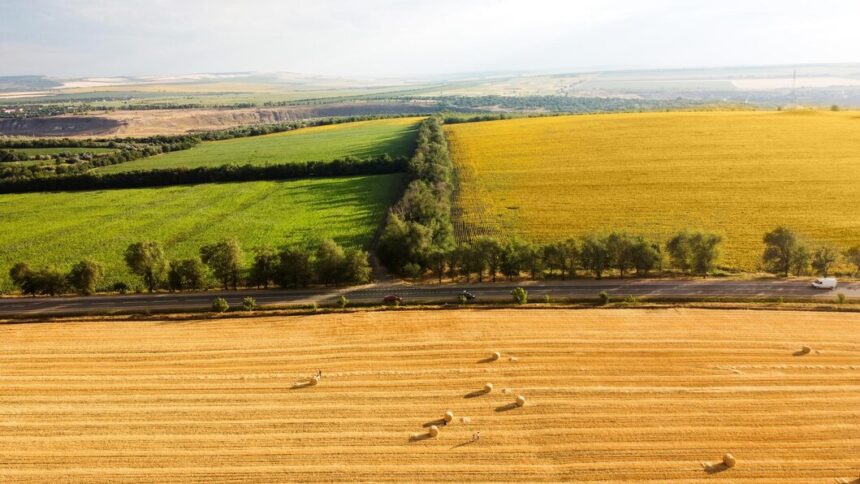Soil erosion is a critical issue affecting agriculture globally, including in South Africa. It threatens the productivity and sustainability of farms, leading to loss of fertile soil, reduced crop yields, and environmental degradation. Fortunately, there are several effective techniques that South African farmers can implement to mitigate and prevent soil erosion. Here are ten key strategies:
- Contour Plowing: This technique involves plowing across the slope of the land rather than up and down. By creating ridges along the natural contours of the land, water runoff is slowed down, allowing more time for infiltration and reducing erosion.
- Terracing: Terraces are level steps constructed along the slopes of hilly terrain. They help to slow down water flow, reduce soil erosion, and capture rainfall. In South Africa, terracing is particularly useful in areas with steep slopes prone to erosion.
- Cover Cropping: Planting cover crops such as legumes or grasses during fallow periods helps to protect soil from erosion. Cover crops improve soil structure, reduce water runoff, and enhance organic matter content, thereby stabilizing the soil.
- Mulching: Applying organic mulch such as straw, leaves, or grass clippings on the soil surface helps to reduce erosion by shielding the soil from the impact of raindrops and promoting water infiltration. Mulching also improves soil fertility over time.
- Crop Rotation: Rotating crops diversifies root structures and canopy cover throughout the year, which can reduce erosion by improving soil structure and nutrient balance. Different crops can also utilize soil nutrients at varying depths, minimizing depletion.
- Strip Cropping: Alternating strips of different crops or cover crops across a field can significantly reduce soil erosion. The alternating strips help to break up water flow, trap sediment, and improve overall soil stability.
- Contour Buffer Strips: Planting strips of grass or other vegetation perpendicular to the slope can intercept runoff water, reducing its velocity and allowing sediment to settle out before it reaches vulnerable areas. This technique is effective in areas with moderate slopes.
- Agroforestry: Introducing trees or shrubs into farming systems can help stabilize soil, particularly on hillsides or in areas prone to wind erosion. Tree roots bind soil particles together, and their canopy reduces the impact of raindrops on the soil surface.
- No-Till Farming: Minimizing soil disturbance by adopting no-till or reduced tillage practices helps to maintain soil structure and organic matter content. This technique also reduces soil erosion by leaving crop residue on the soil surface to protect it from erosion.
- Erosion Control Structures: Installing physical structures such as check dams, grassed waterways, or silt fences can effectively control water flow and reduce erosion in drainage channels, gullies, or areas prone to concentrated flow.
Implementing these techniques requires careful planning and adaptation to local conditions and farm practices. Farmers can often achieve the best results by combining multiple erosion control methods tailored to their specific landscape and soil types. Government agencies, agricultural extension services, and conservation organizations in South Africa provide valuable support and resources to help farmers implement these strategies effectively.
By adopting these proactive measures, South African farmers can protect their soils, sustain agricultural productivity, and contribute to long-term environmental sustainability. Soil erosion control is not only crucial for farm profitability but also for preserving natural resources for future generations.
Join 'Farmers Mag' WhatsApp Channel
Get the latest Farming news and tips delivered straight to your WhatsApp
CLICK HERE TO JOIN






